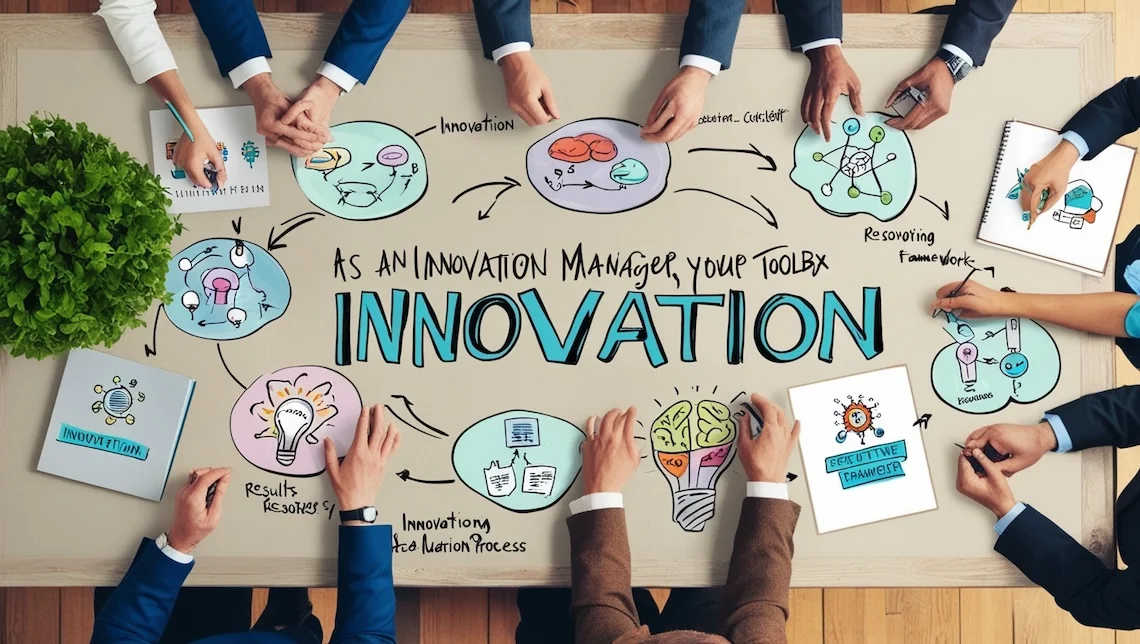

Innovation isn’t just about having brilliant ideas. It’s about cultivating an environment where those ideas can flourish and evolve into tangible results. As an innovation manager, your toolbox should contain resources and frameworks that empower your team to think creatively, collaborate effectively, and navigate the often complex innovation process.
Let’s explore some of the most valuable tools at your disposal:
The innovation manager’s toolbox constantly evolves and adapts to new technologies and methodologies. You can empower your team to push boundaries, challenge assumptions, and drive innovation that delivers lasting value to your organization.
Innovation isn’t just about having brilliant ideas. It’s about cultivating an environment where those ideas can flourish and evolve into tangible results. As an innovation manager, your toolbox should contain resources and frameworks that empower your team to think creatively, collaborate effectively, and navigate the often complex innovation process.
Let’s explore some of the most valuable tools at your disposal:
The innovation manager’s toolbox constantly evolves and adapts to new technologies and methodologies. You can empower your team to push boundaries, challenge assumptions, and drive innovation that delivers lasting value to your organization.

